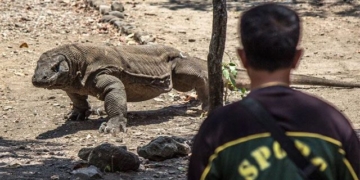In a space lacking everything essential for life, what did the unfortunate victims who were buried alive alongside the dead experience before they perished?
Burial Alive – A Horrific Custom of Feudal Times
During feudal times, China had a terrifying custom known as burial alive (tuẫn táng). Beyond the sheer horror of this practice, many have wondered: How long could the victims of such burial survive in the cold ground? Records of a large-scale burial alive incident during the Liao Dynasty provide answers to this question for future generations.
The custom of burial alive in China was completely banned during the Kangxi era of the Qing Dynasty. Before its prohibition, this practice claimed the lives of countless innocent people. One of the most infamous tombs associated with a large number of live burials is that of Yelu Bei from the Liao Dynasty.
Due to the extreme cruelty and terror surrounding the burial alive custom, any victim informed of their impending burial would seek to escape. To prevent such occurrences, the royal aristocracy devised a more insidious method to achieve their goals.
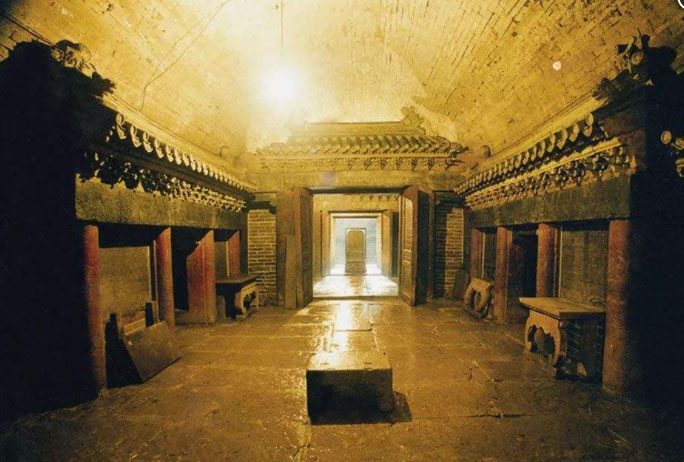
Burial alive was prevalent in China before the Qing Dynasty. (Image: Baidu)
This involved deceiving innocent individuals chosen for burial alive. The burial of hundreds of people in the tomb of Yelu Bei serves as a prime example of the cruelty and depravity of the ancient royal nobility.
The trick used by Yelu Bei’s family to lure victims involved pretending to transport a gigantic cage to the family tomb. They spread rumors that the cage contained a rare tiger. Their elaborate story piqued the curiosity of the surrounding villagers.
Desiring to witness the strange creature, the villagers fell into the trap. They flocked to the tomb of Yelu Bei, where the cage was supposedly located, hoping to catch a glimpse.
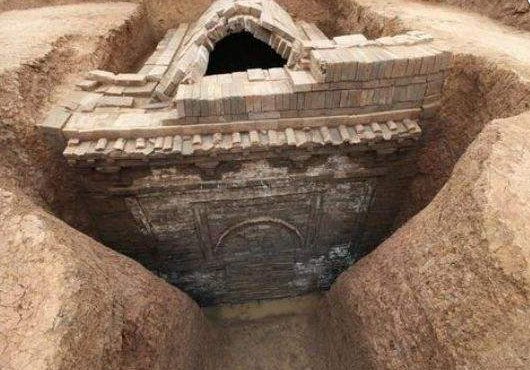
Many innocent victims were deceived and pushed into massive burial pits. (Image: Baidu)
<p unexpectedly, while they were eagerly observing, the innocent villagers were abruptly shoved into the depths of the tomb by Yelu Bei's family. By the time they realized they had been deceived, there was nothing they could do, as the tomb's entrance was quickly sealed shut.
The horrific ordeal that these hundreds of innocent people faced upon being pushed into the tomb was that they could not die immediately; instead, they had to endure a terrifying situation before succumbing to death.
How Long Could Victims of Burial Alive Survive?
According to records, initially, they cried out for help. Their cries echoed from within the tomb and gradually diminished after four days. This detail has led many to believe that those unfortunate individuals buried alive in ancient times could survive for a maximum of four days.
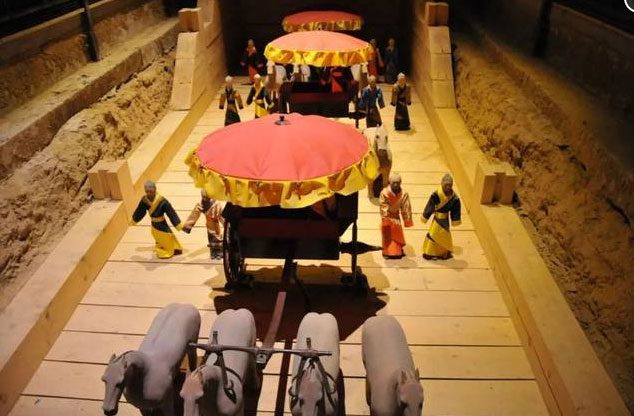
Burial alive is one of the most terrifying customs in the history of feudal China. (Image: Baidu)
However, this conclusion contradicts basic scientific knowledge, as a person can only survive without food and water for about three days. So why could the individuals buried alive in Yelu Bei’s tomb survive until the fourth day?
This is closely related to the arrangements within the tomb. Not only Yelu Bei’s family but many other wealthy families of the time buried food and fruit alongside the deceased, along with large amounts of gold, silver, and jewels.
This small amount of food helped those deceived into burial alive alongside Yelu Bei to survive for a few days. However, with such a large number of victims (hundreds of people) and limited food supply, they could not last much longer. There are even rumors that the scarcity of food led to the hundreds of individuals in Yelu Bei’s tomb resorting to cannibalism, killing and drinking each other’s blood out of hunger.
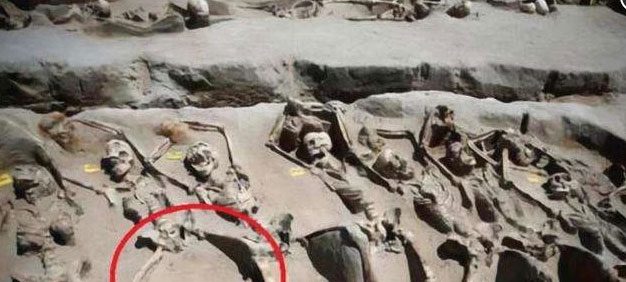
The victims of the burial alive custom endured unimaginable suffering before their deaths. (Image: Baidu)
Although these are just rumors, archaeologists have indeed discovered significant damage on numerous skeletons of victims of the burial alive custom. This indicates that there is some basis to these claims.
If we assume that these rumors are true, it is truly hard to imagine the horrific experiences that those buried alive had to endure before they died.
- Why did the concubines buried alive with Qin Shi Huang not close their legs after being buried?
- The burial alive custom: Concubines forced to drink poison, have mercury poured on them, and other barbaric methods before being buried alive with the emperor
- The “horrific” truth about the remains of beauties in the tomb of Zhu Yuanzhang


















































